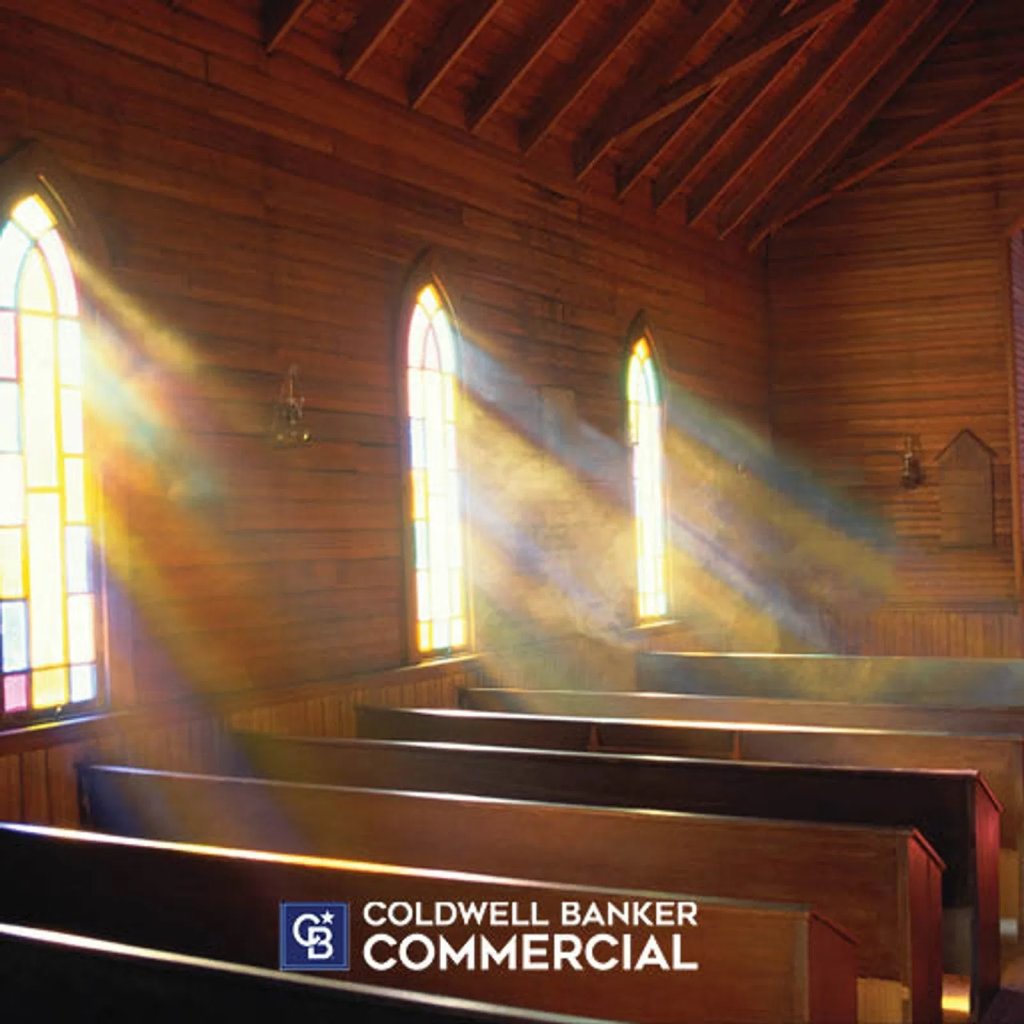Preserving the Past, Serving the Present: The Adaptive Re-use of Religious Institutions

As societal needs evolve and congregational numbers fluctuate, many religious buildings find themselves facing new roles. In 2019, it’s reported more Protestant churches closed than opened, and this was a trend exacerbated by the pandemic.
These spaces, steeped in history and architectural beauty, are finding new purposes as their original congregations shift or relocate. This trend presents a unique opportunity to preserve these structures while adapting them to serve modern communities.
Drivers Behind Vacant Religious Sites
One of the primary reasons religious buildings are left vacant is a decline in congregation numbers. As urban migration and demographic changes influence the makeup of communities, many organizations struggle to maintain large properties.
The financial strain of maintaining these historic buildings only intensifies the situation. The cost of repairs, upkeep, and ensuring compliance with modern safety standards can be overwhelming, particularly for smaller or aging congregations.
Religious organizations may also choose to consolidate their services, merging smaller congregations into a single, more sustainable entity. This consolidation often results in surplus properties that can be repurposed for new uses.
Considerations for Adaptive Re-use
Adaptive re-use of these vacant sites requires consideration of several key factors to ensure that the transformation is successful. Among the most important considerations are zoning requirements, funding, and architectural preservation.
Before any adaptive re-use project can move forward, it’s essential to thoroughly review the local zoning laws. Religious buildings are often located in residential or special-use zones, which may limit the types of businesses or services that can operate within them. In some cases, rezoning may be necessary to allow for a new use.
Transforming a historic religious site into a functional space for modern use often requires significant financial investment. This can include costs for structural repairs, updates to meet current building codes, and modifications to accommodate the new use. Non-profits and other organizations interested in repurposing these sites may have access to grants and funding specifically earmarked for the preservation of historic buildings or for community development projects.
Many of these buildings are historically significant, featuring unique architectural elements, stained glass windows, intricate woodwork, and other heritage features. Preserving these elements while adapting the space for new uses requires a careful balance between modernization and conservation.
Best Uses for Repurposed Religious Spaces
There are numerous creative and impactful ways to repurpose religious buildings, each offering unique benefits to the community.
1Cultural and Arts Venues: The architectural beauty and historical ambiance of religious buildings make them ideal settings for cultural and arts venues. They can be converted into theaters, galleries, or concert halls, enriching the local cultural landscape.
2Social Services: Many former places of worship find new life as centers for social services, including shelters, affordable housing, food banks, and counseling centers. This transformation aligns with the original mission of many religious institutions to support those in need.
3Commercial Use: Religious buildings are very often repurposed for commercial use, such as office spaces, co-working hubs, restaurants, or event venues. This can bring new economic activity to an area while preserving the building’s historical significance.
The re-use of religious institutions is a multifaceted endeavor that offers significant benefits for communities. By addressing the reasons behind the need to sell and finding innovative uses for these spaces, we can preserve the heritage of these buildings while adapting them to meet contemporary needs.

